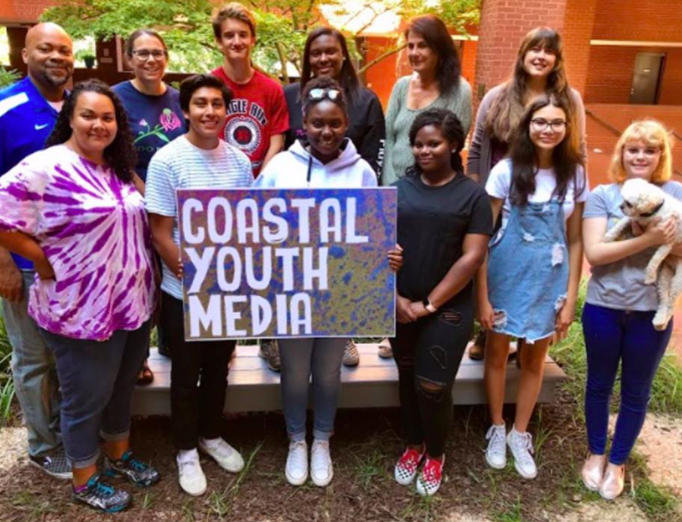Blog
Quick Tips: Youth Media, Local Resilience and COVID-19

Narrative Arts launched the Coastal Youth Media project in the aftermath of Hurricane Florence. Central to this work has been understanding the intersection of youth media and resilience.
Resilience scholars argue that “all disasters are local.” Similarly, it is commonly held that “human resilience is local” and powered by individual and collective actions. What role can the field of youth media play in fostering local resilience during COVID-19?
Youth media provides agency that can help participants cope with and recover from disasters. Feeling some measure of control over one’s environment in chaotic times reduces stress and fosters resilience. Activities like creating a podcast, a photo essay on a given theme, recording an audio op-ed, or recording a story not only help meet community needs, they also restore a sense of control over one’s destiny. Youth media can help its practitioners interpret and change their environment.
Former director of UNESCO’s Growing Up in Cities, Louise Chawla, writes about post-disaster resilience. She identifies its important ingredients as safe places, meaningful roles to play, and opportunities for belonging. In the youth media field and COVID-19 context, we can think of:
Safe Places: Conference calls bring youth media practitioners together, while practicing social distancing. These calls can be used to create a networking space for an exchange of stories and youth media brainstorming. Sharing youth content online, through Facebook Watch Party or hosting other forms of screenings can create public happenings that are both safe and engaging with local content.
Meaningful Roles to Play: Gathering a story with a phone recording tool or from a direct family member helps the participants build collective knowledge and understand their circumstances. Being partnered with a reporter and writing/telling an opinion piece gives a sense of ownership of voice. Working as a team through a conference call or Google Hangouts Chat creates a sense of community.
Opportunities for Belonging: Youth media offers tools for pulling people together in virtual spaces where they feel connected to each other by discussing hopes, fears, and challenges. Media making creates shared narratives for challenging times.
Chawla describes resilience as “the dynamic, interactive process that occurs when children exhibit personal strengths by reaching out to find care and support, and people and places around them provide resources that they need for healthy development.” She continues, “these strengths include social competence, problem-solving abilities, initiative, self-efficacy, and a sense of positive meaning and purpose in life.” Youth media production provides opportunities to develop all of these strengths.
Shifting the Narrative Towards Local Resilience
Critical to this work is telling stories that build a narrative of local human resilience. There is a great deal of misinformation, skewed information and outright lies. Youth media makers and their trainers can’t take on this entire stream of communication, but by telling affirming stories we can help build a narrative that creates community resilience.
Narrative Arts is an arts and social justice organization based in coastal North Carolina. Our youth media program Coastal Youth Media has continued to document the impact of Hurricane Florence on the region. Contact us at info@narrativearts.org.
